“Becoming more audience-centred” is now a critical goal for most museums. But there’s often a moment in a museum where people sit around in a meeting room to discuss a piece of content—a website, a newsletter, or a series of social media posts—and no one can agree on who the audience is or what great content would look like for them. Even with access to data and analytics. Why is it so hard to create audience-centred content? And what can you do about it, no matter your role?
Our experience is that the cause is often a series of nested issues, each of which can look very different for the different teams teams that need to be engaged and involved in creating great audience-centred content. This post is about one of the steps you and your colleagues can take to transition from subjective opinions to objective facts, gaining confidence in making more of your content. If you find this post helpful, consider signing up for our newsletter.
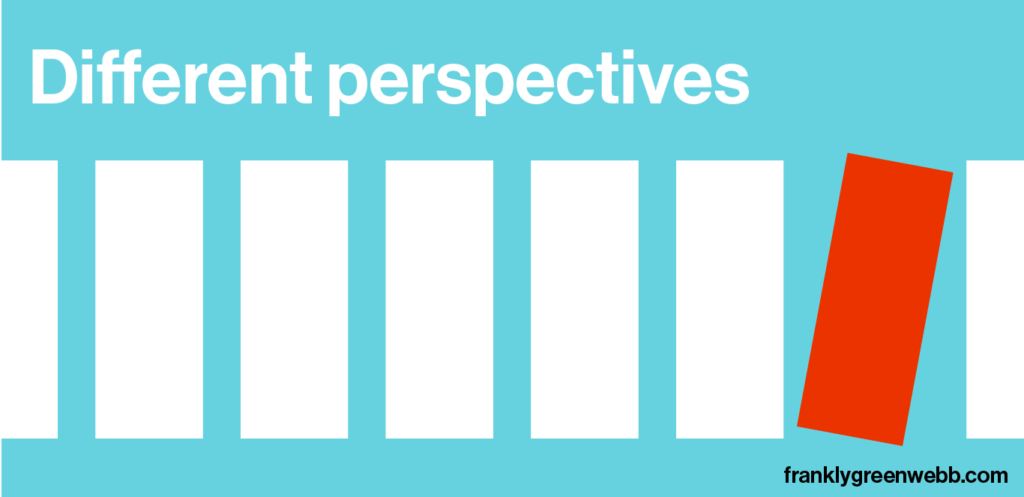
If you’re a content creator…
You might find yourself constantly feeding a “hungry beast,” churning out content for various departments and audiences. Despite your best efforts to produce high-quality, targeted content, you’re inundated with requests that you feel lack focus or strategic alignment. You might suspect this scattergun approach isn’t the most effective for delivering the audience-centred ambition. However, persuading colleagues to adopt a new strategy can be difficult, especially when each department seems to have its own agenda.
If you’re in a department that needs to share knowledge or promote programming…
Your frustrations might lie in the lack of control over publishing. You’re often met with delays, logistical challenges, or a disconnect between the content provided and what’s possible to publish effectively. This can create tension, as your department’s goals are bound by what feels like an inflexible system and set of rules.
If you’re a leader, director, COO, or board member, you might face a different dilemma…
You see significant resources allocated to the web and social media but can’t tell if it’s having a positive impact. Does digital content convert people to become visitors? Is it diversifying the audience? Are there more cost-effective methods? These questions often go unanswered, leaving leadership uncertain about the true impact of their investment into digital content, seeing them as an unnecessary cost centre and looking to scale back teams or resources.
For us, this is a a bit like the parable of the blind men and the elephant, with the digital content producer describing the elephant’s trunk as a giant snake, other departments describing its enormous body as a wall, and the leadership team perceiving its legs as tree trunks. When developing an audience-centred digital content strategy, we often have to take a collective step back and examine the whole elephant.
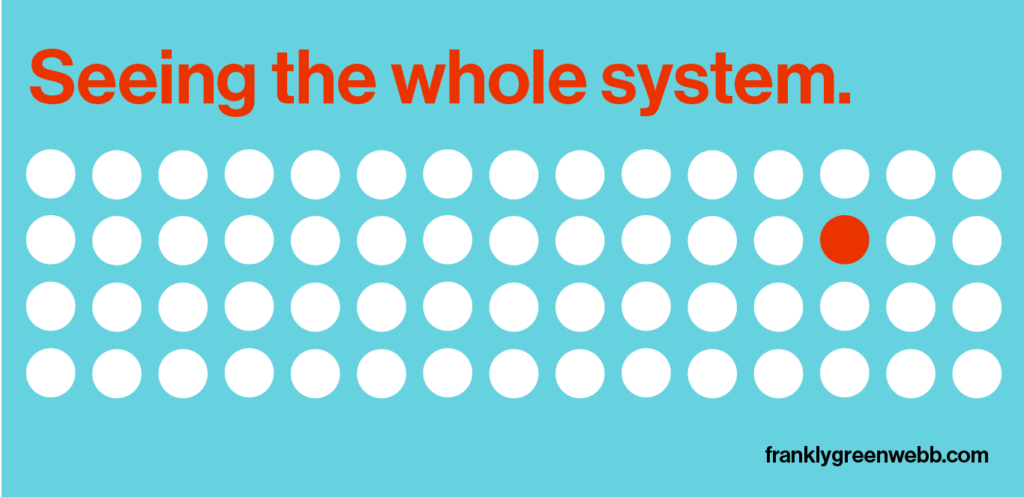
Thorough audience research provides a comprehensive understanding of your current audience, their needs, and the impact of your work. However, the internal dynamics— how you allocate your time, the unique skills each department contributes, and the balance between bias and strategy—genuinely shape the success of delivering audience-centred digital content. This is where internal research and data points play a similarly crucial role, empowering us to understand why this is so hard and what is holding us back.
We use many tools to do this but, the one that appears to be the most simple, is our exercise in mapping the content ecosystem.
We use the following questions to explore the key elements of the system:
- Which audience(s) are you trying to serve using online platforms? How do you describe them?
- What services do you offer, and which audiences are they aimed at? (Finding objects online, blog posts, visitor information, exhibitions, events, member renewals, etc.)
- Which teams are commissioning, producing or publishing content?
- What type of content are you producing? (Images, scans, maps, text, video, etc.)
- What online content platform/channels are you using?
- Which tools are you using to create content?
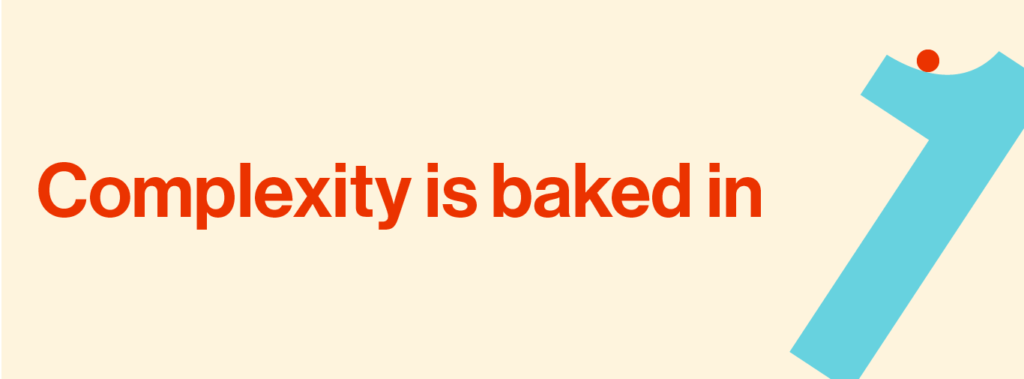
Cultural organisations have both commercial and social or mission-based goals. They offer multiple products and services—from online collections to visits to venues, visitor experiences, programming and membership, and retail—to numerous audiences. These characteristics mean that the online content system for cultural institutions is always complicated. This exercise makes visible where there is tension and where there are bright spots. What is often revealed is an institution trying to serve too many people, with too many services, across too few platforms and with too few resources, highlighting the need for coherence and communication.
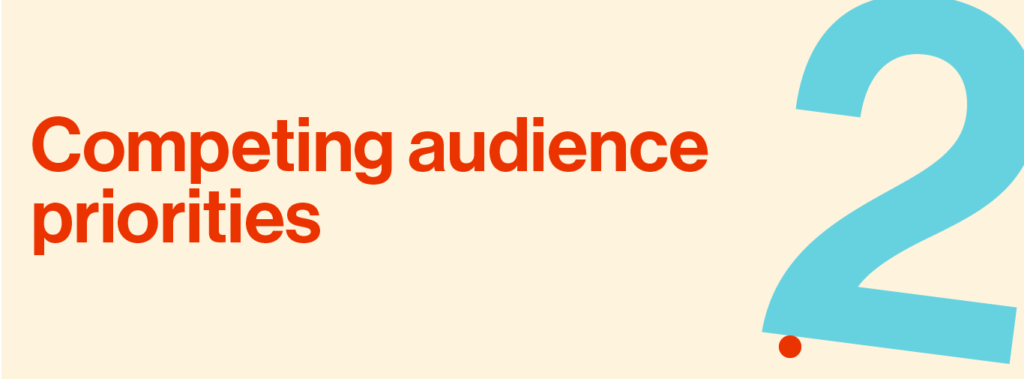
We frequently hear broad terms for audiences like “international, national, and local” or specific groups like “families, members, funders, the general public, under-25s, and academics.” Different teams and departments use different definitions based on their goals—age, how they visit, and relationship to the institution. These different definitions add to the complexity of communications between departments but can also mean the institution is literally competing with itself for resources and audience attention.
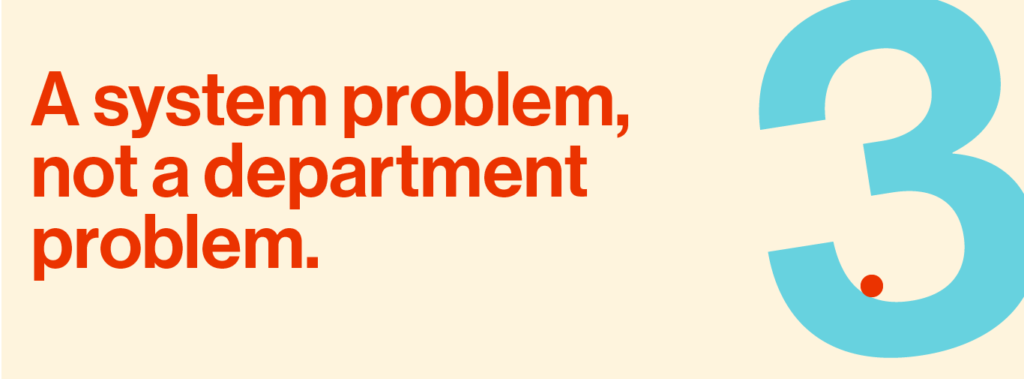
Mapping out the internal system starts to help teams see the whole institutional—digital content—elephant. Seeing different departments or colleagues have varied—often contradictory and competing—beliefs about audiences can open up the conversation. Seeing it all written down moves teams from judgments on people’s behaviour or attitudes to facts about what you are trying to do and why it feels so hard for everyone. It can open up conversations about what is most important to the institution rather than individual departments and how scarce resources could be used more productively.

The power of internal and external data to support content strategy
It is an uncomfortable truth that simply providing audience data is rarely enough to change hearts and minds and take the uncomfortable steps needed to be audience-centred. Mapping the eco-system can help us to see the whole elephant – the systemic issues the scale and complexity, the need to work as an organisation and prioritise. This can be the critical shift in an institution’s beliefs about digital content. It can open up teams to discover audience needs and the need to design new ways of working together – decision-making, processes and systems – that support an audience-centred practice.
Of course, audience research still has a critical part to play in helping organisations reach and serve new and/or under-represented audiences. But we have learnt, on its own, it isn’t enough. Taking a moment to understand the internal blockers is critical to delivering actual change and organisational objectives.
If you find this post helpful, consider signing up for our newsletter.